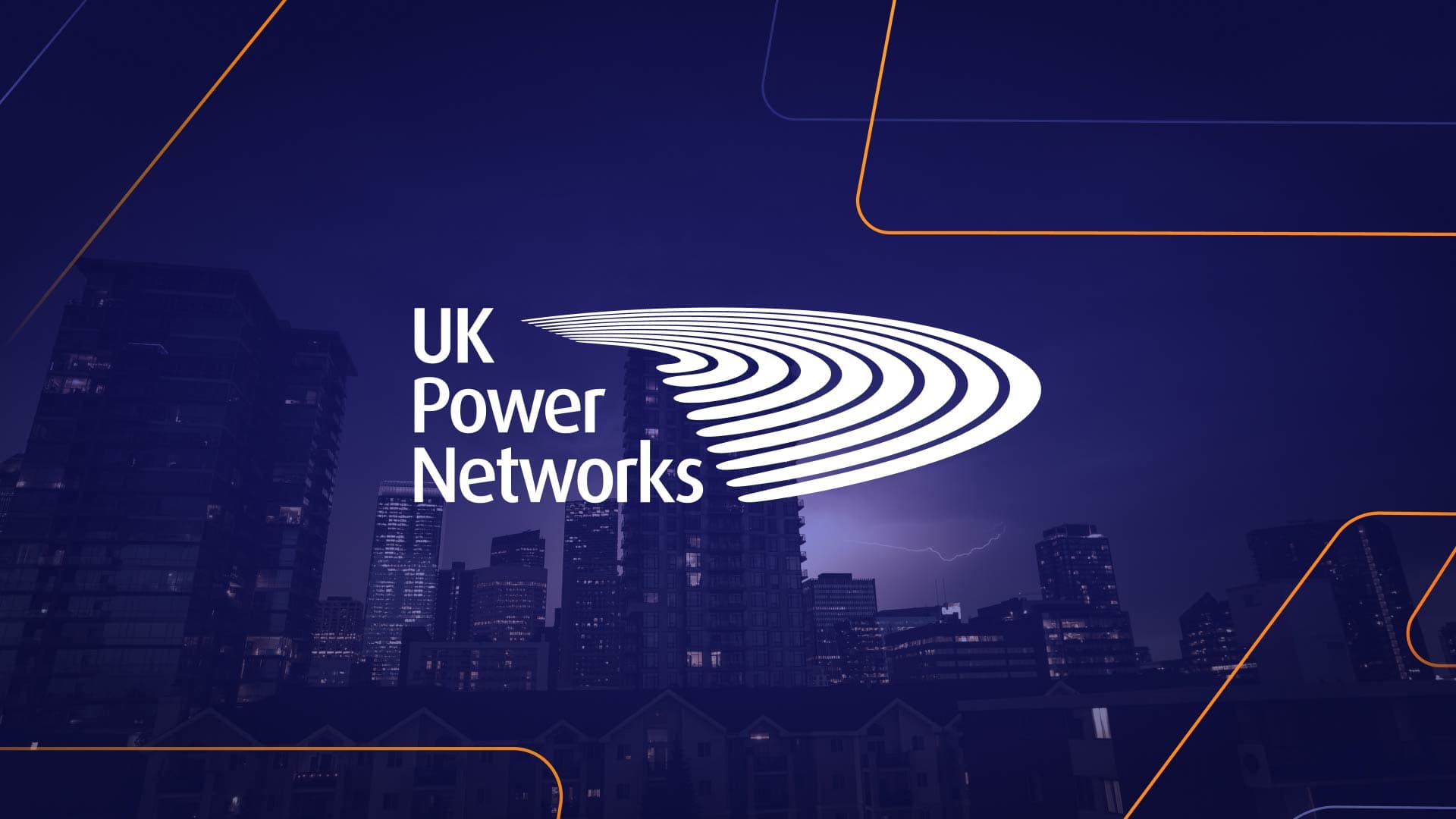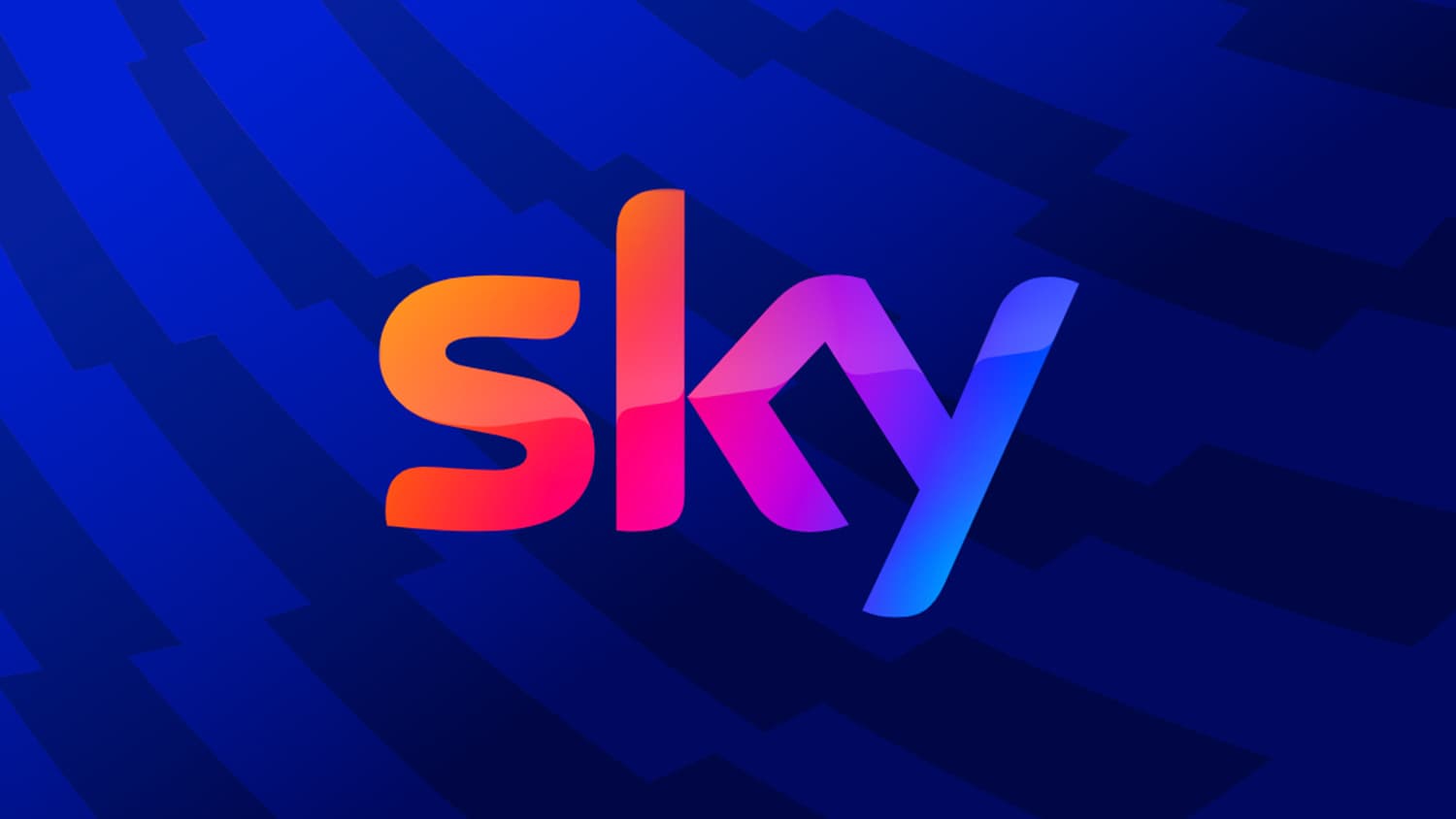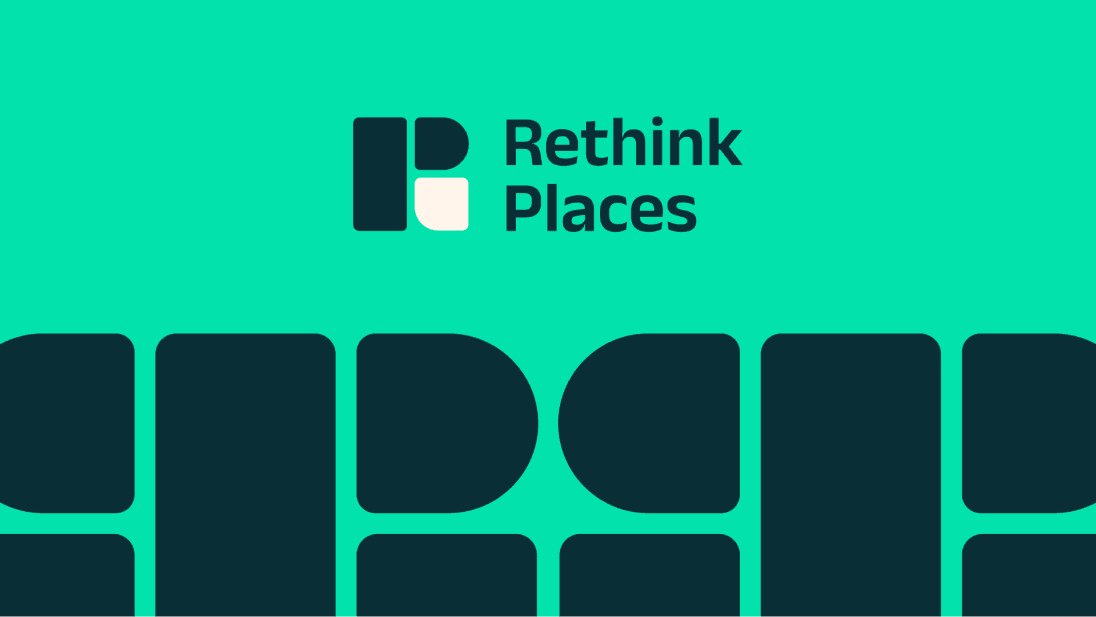Consolidating a sprawling digital estate into one global platform
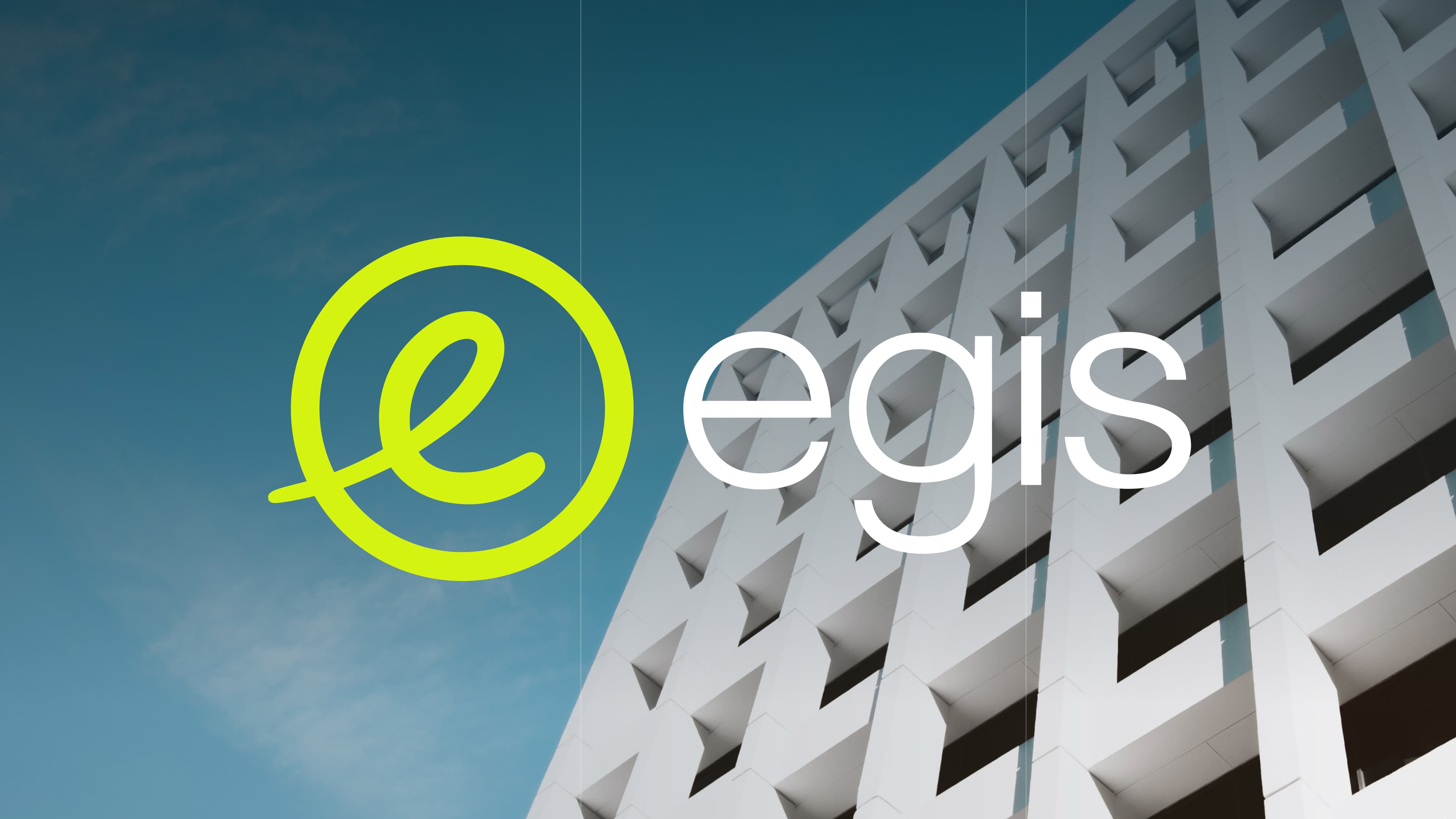
Client
Egis
Sector
Professional services
Partnership
3 Years +
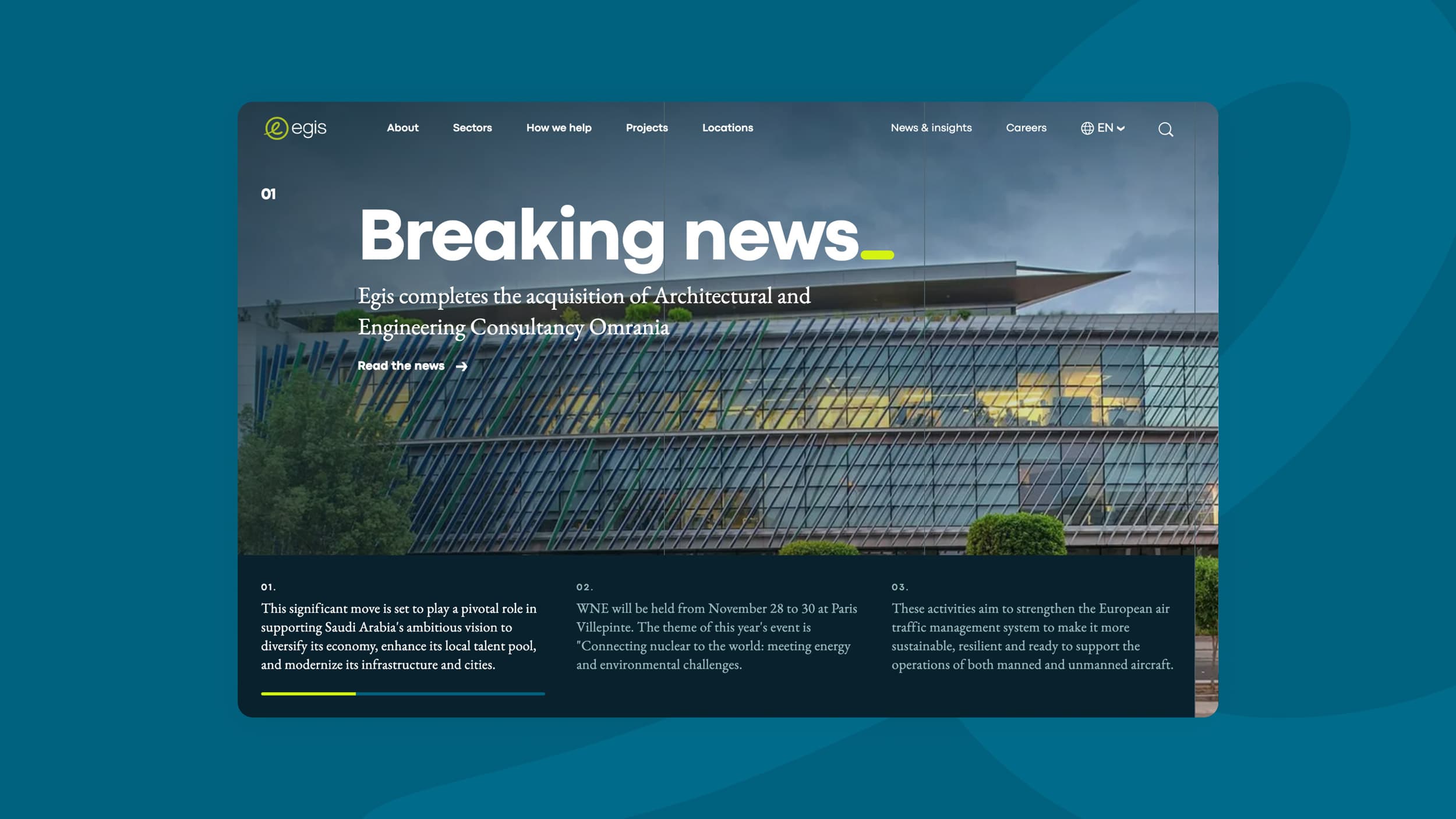
OVERVIEW
Egis is a French engineering group that delivers infrastructure projects globally, from the Paris metro line extension to stadiums in Cameroon. Operating in 120 countries, they had a sprawling digital estate that had grown over the years due to their expanding global footprint, thematic marketing campaign sites, and changes in technology platforms. Their digital presence no longer reflected the international strategic vision, what the business had achieved and where it was headed.
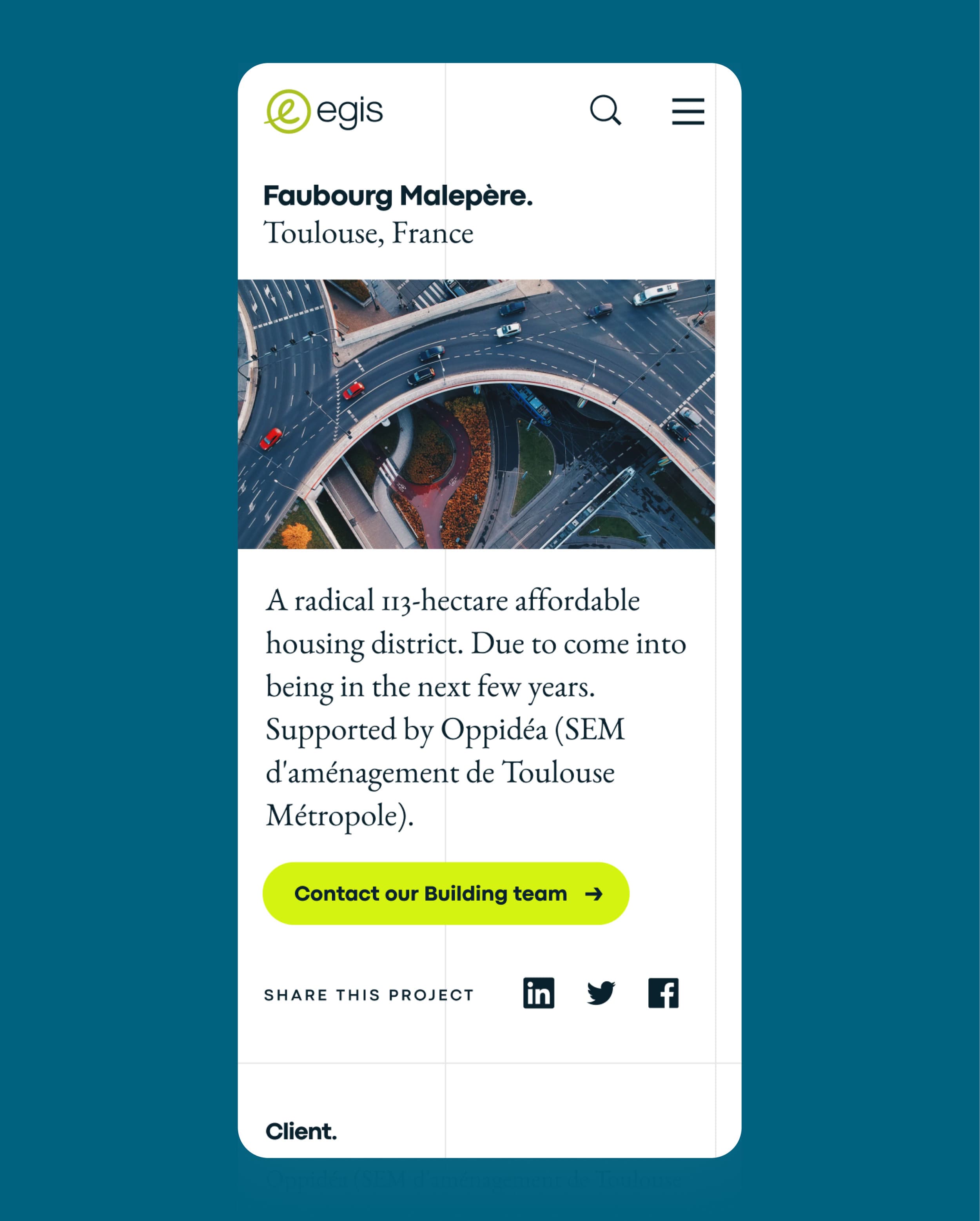


STRATEGY
As a business, Egis set out to deliver an ambitious growth plan for the decade ahead and saw digital as an opportunity to align the business towards this new direction. This saw us consolidating over 20+ country and spin-off websites into one global platform, providing the business one corporate voice, whilst giving local markets the flexibility to showcase their expertise and content.
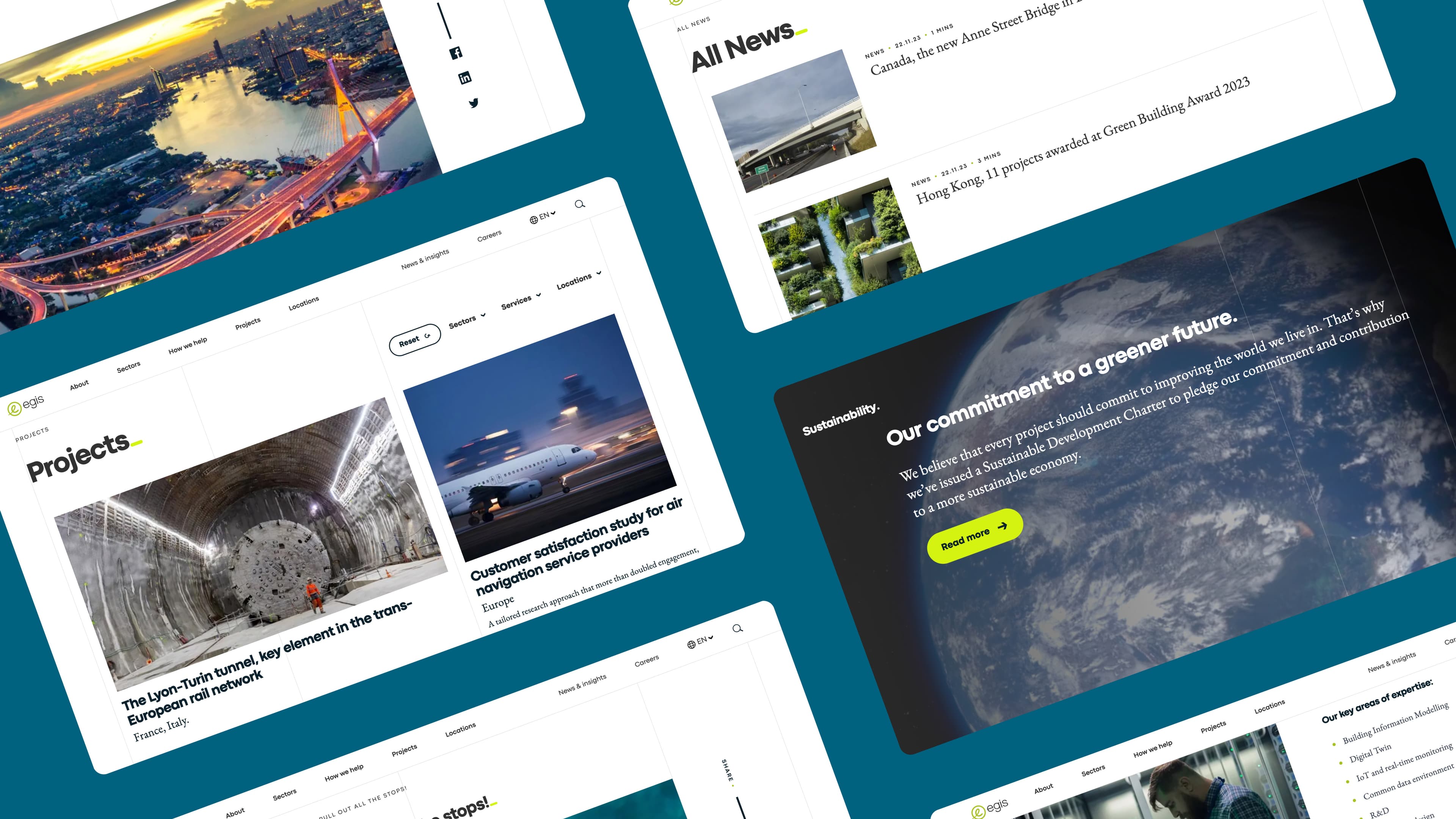
DESIGN
The consolidation project required us to completely overhaul the information architecture and consider how content may be migrated. From there, we designed UX wireframes and a component system to create templates for all aspects of the site, from case studies and office location pages, to sector pages and careers. As part of this programme of work, we also enhanced the brand presence for the web, giving it a much more modern and confident look & feel, as well as considered structural UI elements across the new site components.
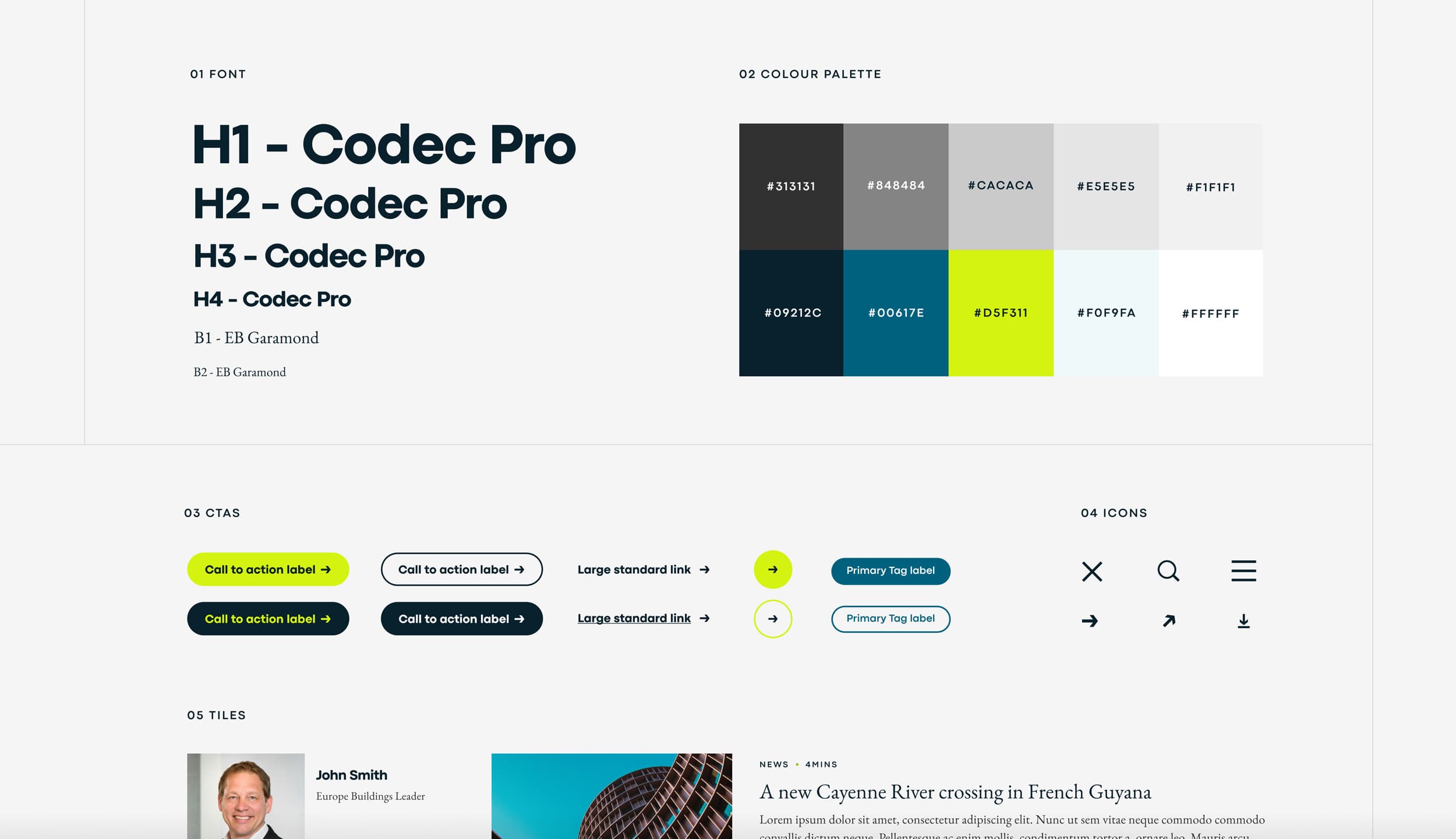
TECHNOLOGY
Our agile team delivered work iteratively to enable the client to migrate content in parallel to development. The end solution is cloud-first and supports their global strategy with content workflows enabling local editing of the site across 4 languages, channelling any online leads directly to the local . A Version CDN was put in place to ensure global performance, the site is pre-rendered and globally distributed.
NexJS
GraphQL
Azure CDN from Edgio
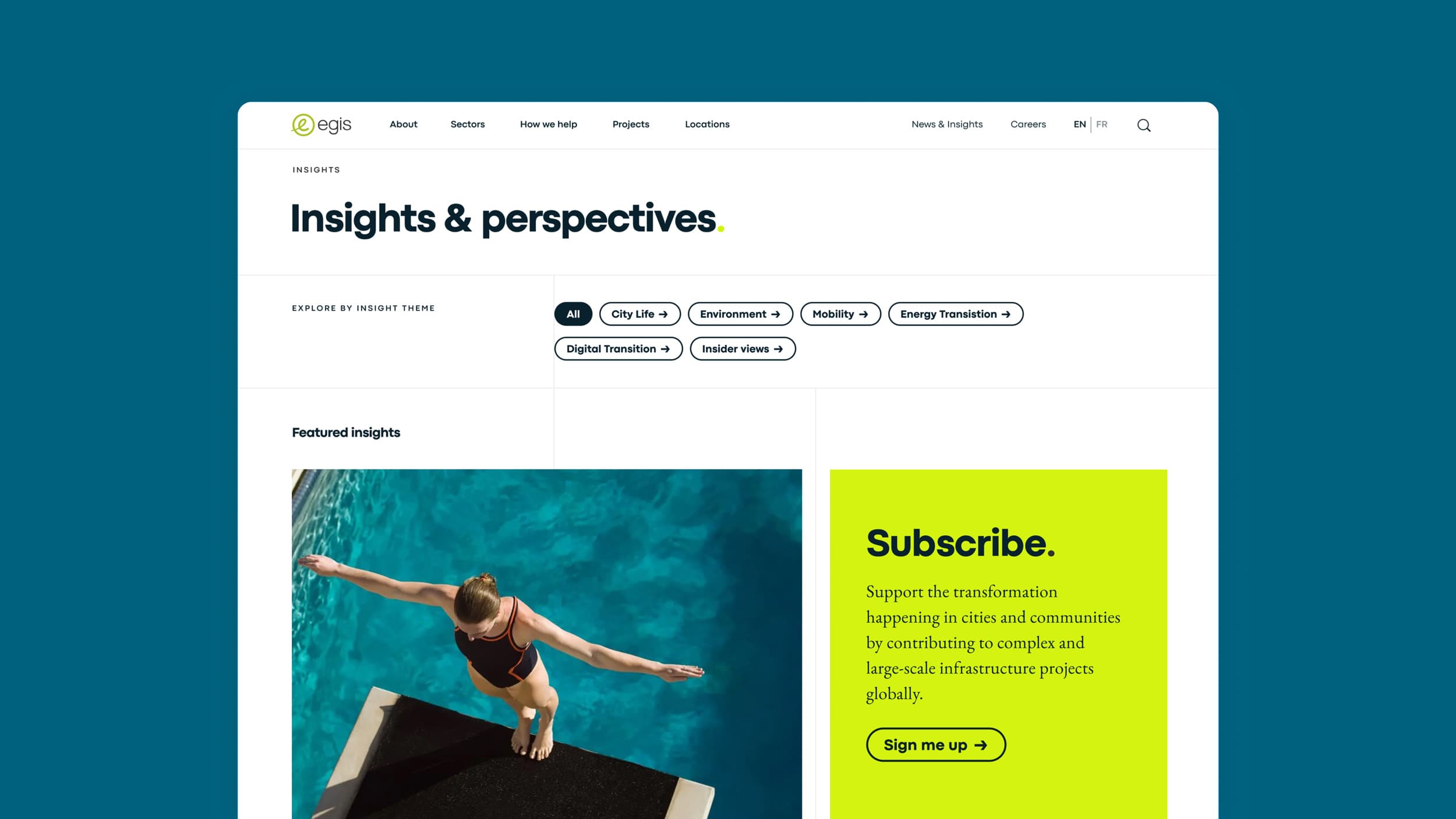
Through an innovative digital strategy and impeccable design execution, Tangent successfully transformed Egis’ sprawling digital estate into a unified and modern platform, perfectly aligned with our ambitious global growth plan.

